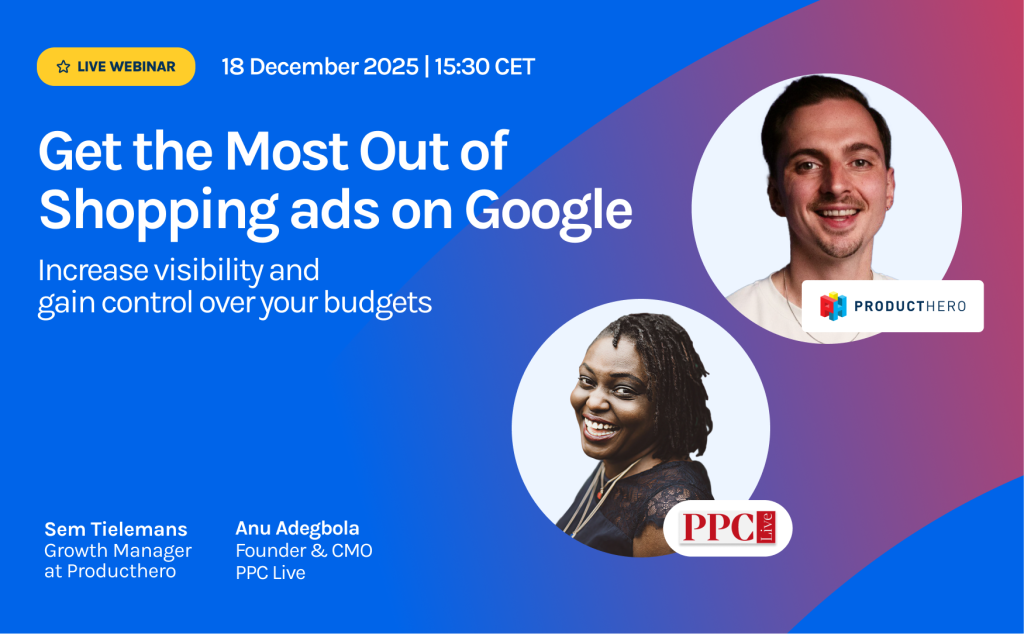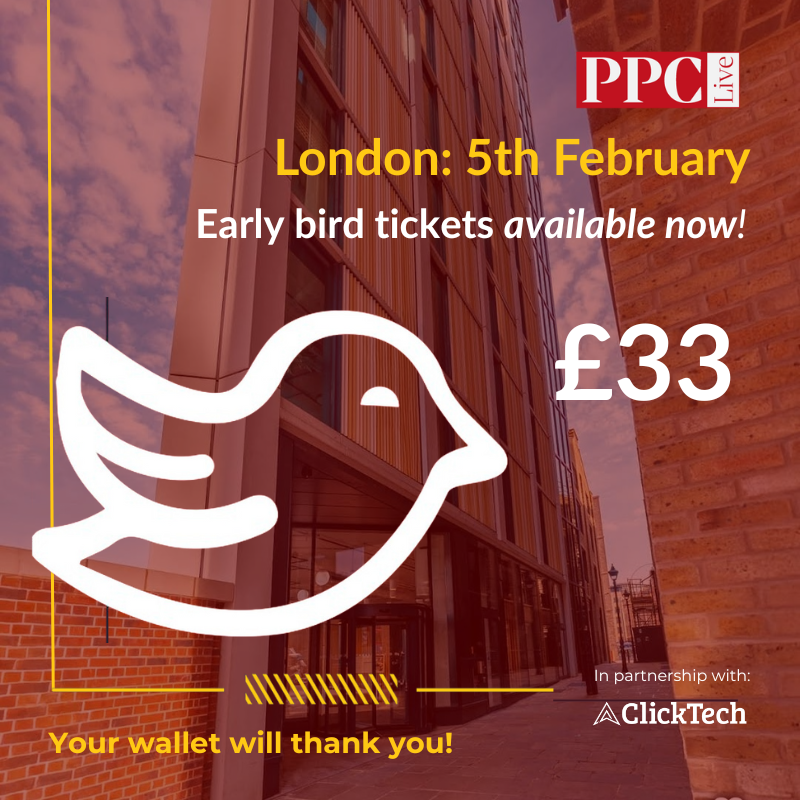Over the years of joining new companies and talking to new clients, I’ve been amazed at the level of expectations people bring to Paid Search. Right in the middle of some chats, I’ve had moments of, “Wait, I think we need to take a few steps back and talk about what will actually make Paid Search work for this business!”
Sure, most stakeholders know that PPC is about driving quality clicks to their websites and that there needs to be a high relevancy between keywords, ad copy, and landing pages. But in 2025’s environment of AI-driven automation, rising CPCs, and privacy changes, there are several factors that need to be understood if you want to hit efficient CPAs and maximize conversion rates.
More money doesn’t always equal more revenue
Paid Search still doesn’t come cheap — in fact, by 2025 it often makes up 50–60% of total marketing budgets, especially with Google and Microsoft pushing advertisers toward Performance Max and automated campaigns. But there’s still a point of diminishing returns. Once your Paid Search spend reaches a certain threshold, spending more only inflates CPCs and increases CPAs without driving much incremental revenue. The smarter play is to identify new opportunities (think YouTube, Demand Gen, or retail media networks) or reallocate spend to other channels that can fuel growth.
It doesn’t work in a silo
In 2025, Paid Search is rarely the first or last touchpoint. Users bounce between TikTok, Instagram Reels, YouTube Shorts, and then Google before buying. The best accounts I’ve run always complement Paid Search with other awareness and demand-gen channels. Customers searching for your products are at different funnel stages — top, middle, and bottom. If your budget only fuels bottom-funnel activity, you’ll limit conversions. Paid Search thrives when it’s supported by brand-building elsewhere.
It can’t create demand
This is as true today as ever. Paid Search is a pull channel — people need to already feel the demand to search for your product. In 2025, brands are leaning on connected TV, TikTok influencers, or programmatic display to push new demand. Paid Search steps in once that interest has been sparked. If you’re expecting Google Ads alone to make people want your brand, you’ll be disappointed.
It is competitive
CPCs are climbing — and not just because of inflation. Every time a new competitor enters the space, or when Google’s AI-driven bidding decides demand is “hot,” costs spike. And in 2025, competition is seasonally sharper than ever thanks to automated bid strategies pushing everyone higher during peak shopping windows. That’s why it’s critical to understand your seasonal patterns, explain CPC spikes clearly to clients or directors, and build room in your forecasts for volatility.
Assuming organic results make Paid Search irrelevant
One of the classic mistakes still pops up in 2025: “If we rank well organically, why bid on those terms?” Testing remains the only answer. In some cases, you won’t lose revenue by pulling back. In others, you will. And with Google continually shrinking organic real estate in favor of AI Overviews, Shopping ads, and video results, Paid Search is often the only way to stay visible. Testing integrated SEO + PPC strategies is what ensures growth.
Bonus: It still takes time
Even in 2025’s world of machine learning, PPC isn’t instant magic. Yes, your ads can appear quickly, but meaningful results need statistically significant data. AI bidding systems like tROAS and tCPA only optimize properly after a learning phase, and rushing to make changes every day just resets the clock. Be patient — let the algorithms learn before making big calls. Thanks to my PPCChat colleague Ashon Clarke for always driving this point home
Conclusion
There are countless nuances to running Paid Search in 2025, but ensuring your clients understand these five (+1) fundamentals makes the ride smoother. You’ll have more productive budget conversations, fewer panicked calls when CPCs spike, and clearer buy-in for integrated strategies across channels.
And in today’s environment — where automation, competition, and shifting consumer behavior all shape performance — setting the right expectations is half the battle.






